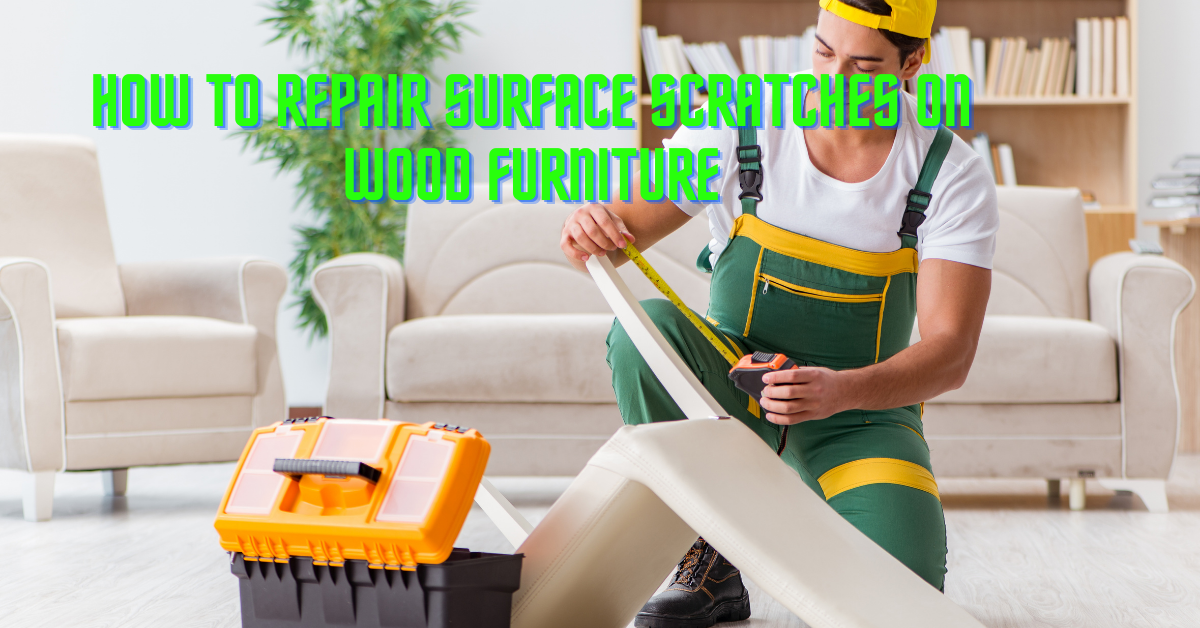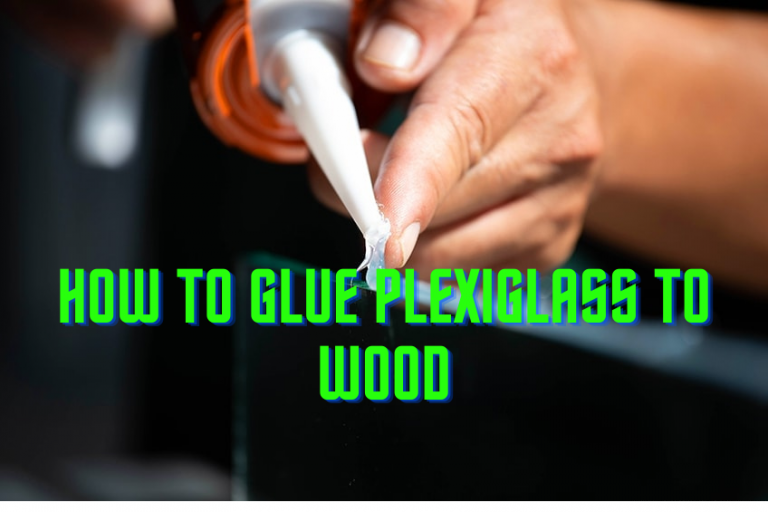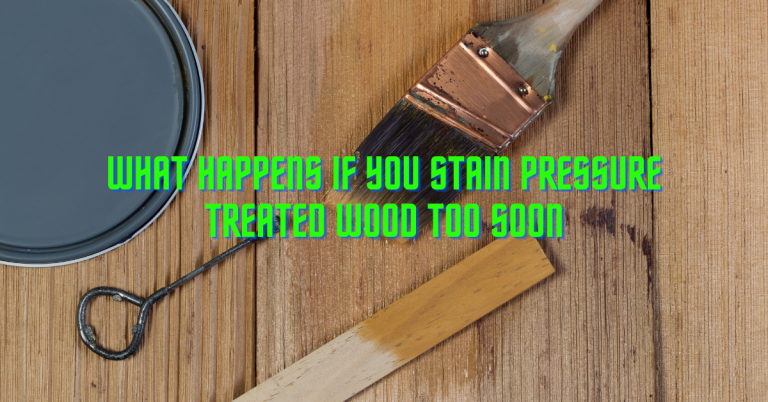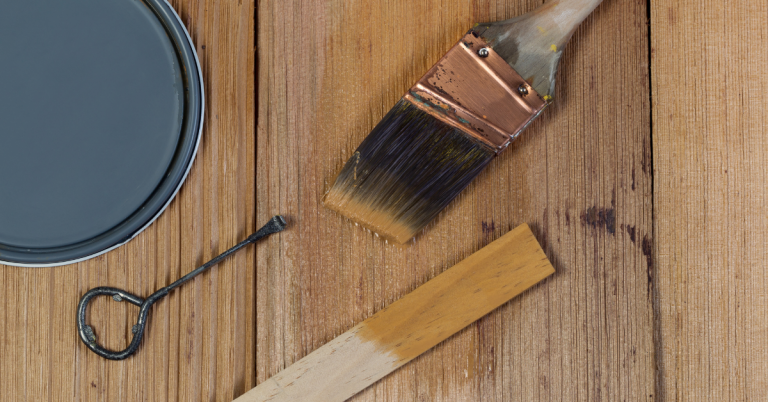How To Repair Surface Scratches On Wood Furniture
Apparently, there’s no home on this planet, that doesn’t feature at least one or two types of wood furniture. But despite this furniture being durable and attractive all through the years, they are also highly susceptible to scratches and dents.
The good news though, is that you don’t have to live forever with these scratches, dings, or dents on your wood furniture. While minor scratches are easily fixed with some imagination and proper materials, deep and more serious scratches may seem quite difficult to handle especially if it’s an antique piece of furniture.
However, I’m going to be sharing with you the easy no-sanding, no refinishing steps I learned on how to repair surface scratches on wood furniture. Although it’s not something a professional furniture repairer would do, but at least you don’t have to pay for one while you still eventually result in the repair.
This method is what I’ve seen a frugal homemaker do and trust me, it worked well enough that I haven’t had to take my furniture to a restorer yet. But as always, I’d often advise people around that if it’s a sentimental or valuable irreplaceable item, then you really might need to take it to a professional.

Fix wood furniture scratches – Minor Scratches
Very light scratches can be easily seen with the eye but can’t be felt when a finger is being placed across it. These just need some little cosmetic fixing which is quite easy to do. However, the method you’d be using depends on the tone of wood you’re working on.
- Start by getting rid of the wax
In most cases, scratches are just in the wax buildup on furniture. This was the same case with an old dresser I got some time ago. Just by pointing out a scratch, I got a 25% discount because the antique store never wanted the hassle of refinishing it.
When I got home, I immediately removed the wax layers and I got to discover perfectly smooth wood. So if you’re literally dealing with buildup in addition to scratches, ensure to remove the wax buildup from your furniture before you try to fix scratches in the wood. I mean, that basically might be all you need to do.
- Covering scratches in light wood
- Using Vinegar and Olive oil
This method would require you to mix 1 part white distilled vinegar and 2 parts Olive oil and whisk thoroughly until completely mixed after which you pour the mixture over the scratched surface. While the vinegar’s acetic acid helps fill the scratch, the olive oil tends to correct the scratch’s color and also, moisturize the wood. Repeat the same procedure until you’re sure you can’t see the scratch anymore.
- Using a nut
Firstly, ensure that the color of the nut matches with the color of your wood furniture then forcefully rub the nut on the scratch. Walnut, peanut or pecan all work well. And if you only have almond or peanut butter on hand, you’re sure good to go.
The oil in the nut helps darken the exposed wood hence making the scratch disappear. Once you’ve gotten a satisfactory look as you’d love to, press your fingertip over it for a minute such that the heat of your skin helps the nut oil sink just right into the wood.
- Covering scratches in dark wood.
Dark wood actually comes in a variety of colors and tones. When trying to cover scratches in a dark wood, it is essential that you choose a coloring agent that matches the wood. For instance:
- Dark woods like acacia, use damp coffee grounds.
- For ebony wood, use fireplace or wood ash mixed with little water to form a paste.
- For mahogany or cherry wood, use shoe polish or iodine.
- For medium-colored wood, use black tea. The darker the wood, the stronger the tea you should use.
- Get a paintbrush or cotton swab and use to apply a heavy layer of whatever coloring agent you want to use while making sure that it doesn’t get on the surrounding wood. Allow it to penetrate deep for an hour thereabout before wiping the excess off. End the procedure by using homemade furniture polish to set the color.
Also Read: Best paint sprayer for oil paint spray

How to fix deep scratches in wood table
Perhaps your wood furniture sustained a deep scratch or an unsightly gouge, you really want to repair it by filling it in. Below are some of the methods for getting this done.
- Using wax filler putty
- Spread a pre-colored latex wood filler in the scratch.
For scratches and gouges that are deep, choose a filler that’s the same color as the wood you’re working on. Using your putty knife, pick up some of the filler and spread by brushing the knife along the inside part of the scratch.
Keep adding more filler material until you’re sure the scratch is filled. Thereafter you hold the knife horizontally and move it across the crack in order to level out the filler.
Note: To avoid scratching the wood, be sure to use a plastic knife instead of a metal one.
- Scrape off excess filler with a putty knife.
You really want to remove as much of the excess filler as you can before it gets dried. You hold the putty knife at a 45-degree angle while you press it lightly against the wood and drag it across the scratch. Do this in other different directions to smoothen the scratched surface.
After which you allow to dry for at least 30 minutes. During this period, make sure no one touches the filler. Once it gets dried, it will feel hard to the touch.
Note: If you don’t have a putty knife available, you could make use of a solid, blunt edge like a credit card and hold it vertically while you drag the edge across the scratch.
- Use sandpaper to blend the filler into the wood.
Gently press the sandpaper against the crack in order to avoid scratching the wood further. Rub the sandpaper back and forth along the wood’s grain, enough to rough up the filled-in area and make it look more natural.
Note: Only sandpaper rated 180-grit or higher should be used for finishing. Using anything lower is likely to lead to more deep scratches for you to fix.
- Wipe excess filler using a damp cloth.
Get a damp piece of cloth and moisten it in lukewarm water but make sure it doesn’t get soaked. Squeeze excess moisture out before applying on the wood and rub lightly against the wood. Get rid of any filler around the borders of the scratch so as to help blend the spot in.
- Finish wood with sealant
Using the same sealant used on the surrounding wood is best preferred if possible. Dip a rag into the sealant and spread it over the scratch in an even layer. Give it about 2 hours to dry completely, before adding a second coat of sealant, as needed. However, if you’re not sure what kind of sealant is on the wood, use varnish. Thin it with 10% to 20% turpentine before applying it to the scratched area.
- Using wax filler sticks.
Rub a wax wood filler stick over the crack. These filler sticks are often sold in the shape of crayons which means you get to color in the wood. So you really want to choose a color that matches the wood’s shade closely and continue rubbing the stick back and forth until the entire crack is filled in.
After that, you blend the filler in by rubbing with your finger. Move your finger around the edges of the crack while being careful not to remove too much of the filler inside the scratch. Smooth out the filler along the crack’s edges and get it as level with the surrounding wood as possible.
Then you wipe away the excess filler with a dry rag and scrub around the edges of the scratch. Remove any filler material that spilled over the scratch or anywhere on the wood and wipe along the wood’s grain as much as possible in order to reduce the possibility of getting new scratches. However, be careful not to disturb the material in the scratch.
One of the easiest ways to level the filler material and get all the excess is with a solid edge like a credit card. Hold the card vertically against the wood and drag it across the scratch. Use a rag to pick up the filler.
Perhaps it begins to dry before cleaning it up, dampen a rag with mineral spirits and make sure the rag isn’t dripping, then scrub along the wood’s grain over the excess wax. Lastly, allow the filler material dry for 30 minutes and make sure no one comes along and smudges it.
Conclusion: How To Repair Surface Scratches On Wood Furniture
Though scratches on wood furniture are inevitable, you still to fix them someway, somehow, if not it’d leave the appearance of your furniture looking very unattractive and this way, it is even more prone to damage. So in a bid to improve the longevity of your wood, ensure that proper repair is being taken.
Whether it’s a small dent or a major one, we’ve gat you covered. Just follow every bit of the instructions on how to repair surface scratches on wood furniture and have your wooden furniture restored back to its initial look.







